A Farmer Sees The Light in THE LAST PIG
Opinion
Emmy award winning filmmaker Allison Argo has released the trailer to her highly anticipated documentary. THE LAST PIG, the story of a farmer in upstate New York who struggles to align his livelihood with his principles, chronicles Bob Comis’ final year raising pigs for slaughter, intimately documenting his personal journey from killer to advocate. Watch the extraordinary trailer:
Unlike Howard Lyman, an animal rights activist who once farmed animals on an industrial scale, Mr. Comis became a “humane” pig farmer to offer an alternative to factory farming. According to Argo, he “labored to provide a near-idyllic life for his pigs, digging mud wallows in the summer heat; planting fields of corn where they can feed freely; and providing pigs with acres to roam with their herds.” But after ten years of farming pigs, Mr. Comis reached a tipping point. How could he continue to slaughter the very pigs who follow him around like his beloved dog and who show signs of stress when their friends vanish?
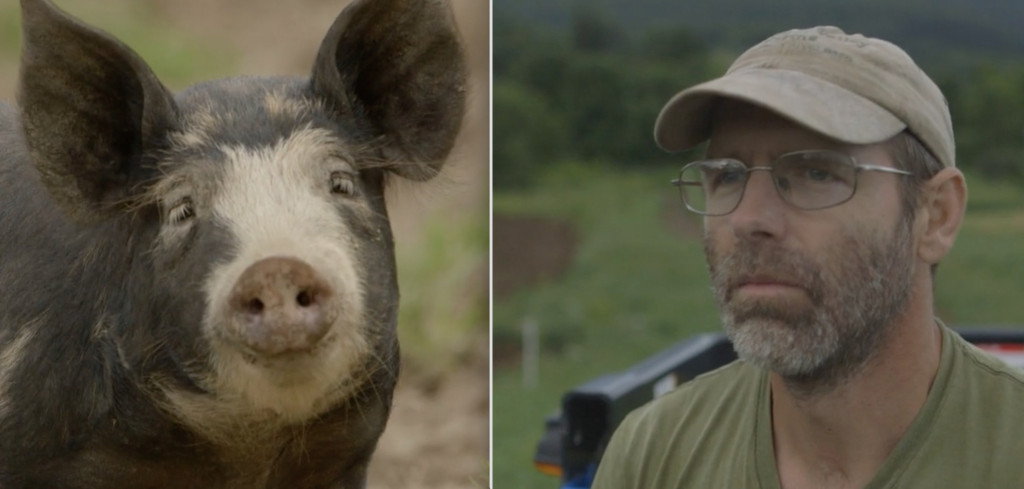
“I’ve come to understand that their eyes are never vacant. There’s always somebody looking back at you.”
In the film, we see Comis embrace the feelings that he worked for years to suppress — that pigs are sentient beings who want to live and that slaughter cannot be reconciled with “humane” farming: “I don’t want to have the power to decide who lives or dies anymore.”
The film delivers subtle, but unmistakable messages about animal rights. Among them is our arbitrary cultural bias – regarding dogs as companions and equally intelligent pigs as commodities. Comis’ dog Monk, who follows him around the farm, serves a constant reminder of this bias, especially when he sits in the front of the truck while the slaughter-bound pigs languish in the back.
Comis’ decision to transition from a pig to a veganic, vegetable farmer did not come easy because of the risk to his financial security: “I have to give up my job, my livelihood, in order to live in line with my ethics. It’s a colossal effort. It’s a terrifying effort. It’s overwhelming. But I’m committed to doing it.”
Your Turn
THE LAST PIG will be released in spring of 2016. Thus far, filmmaker Allison Argo and cinematographer Joe Brunette have funded production from their own pockets, but they need support with finishing funds. Please contribute, if you can. Follow the progress on Facebook.
Filed under: Food, Opinion
Tagged with: factory farming, humane myth, pigs



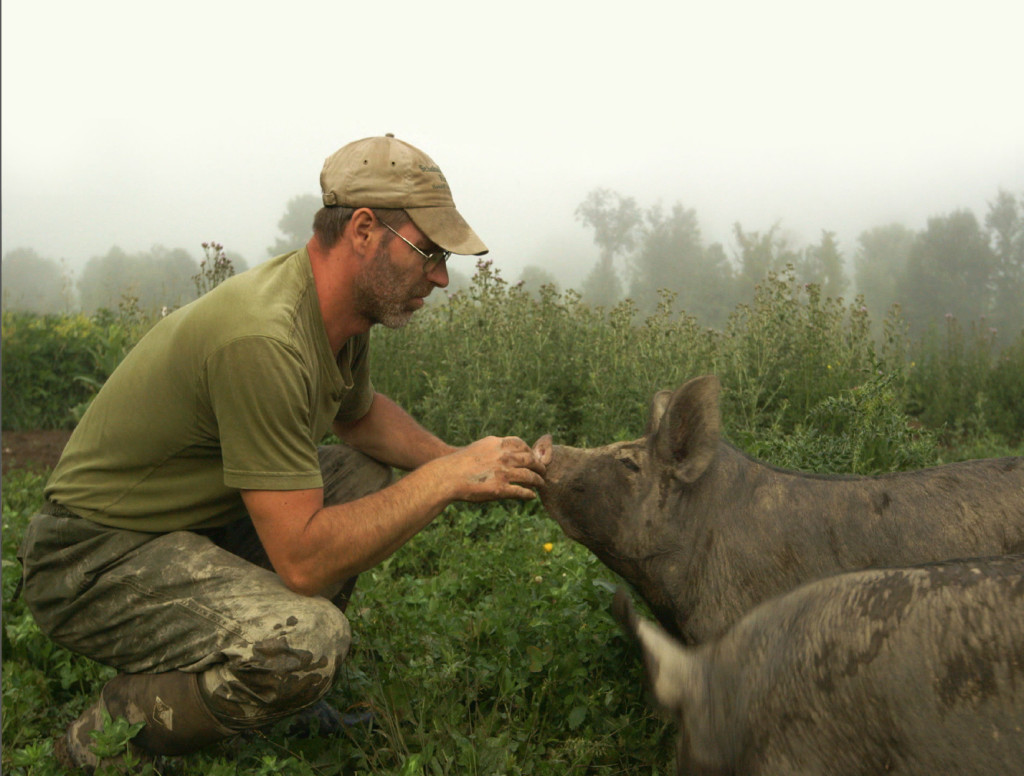
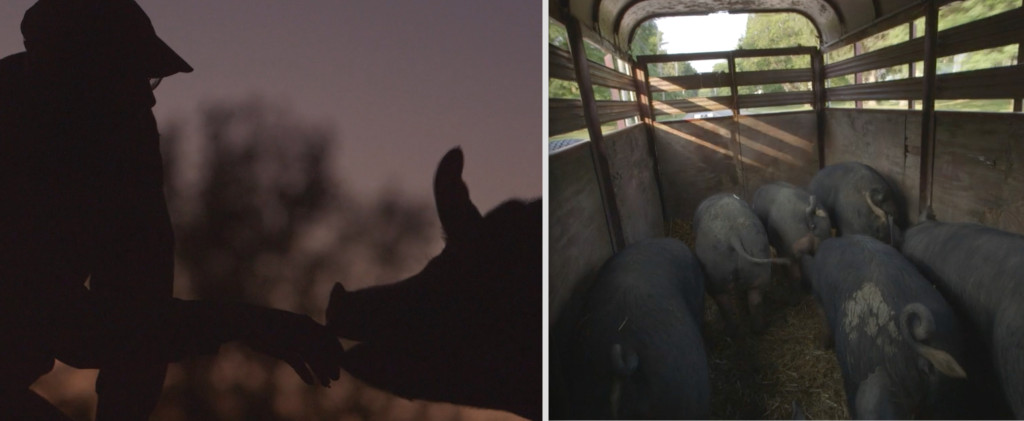
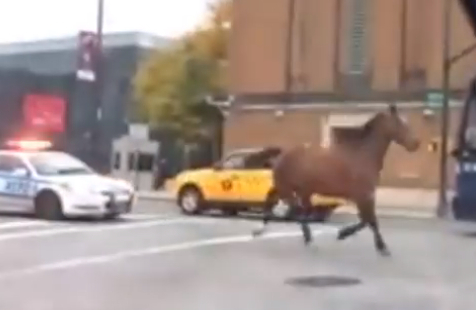
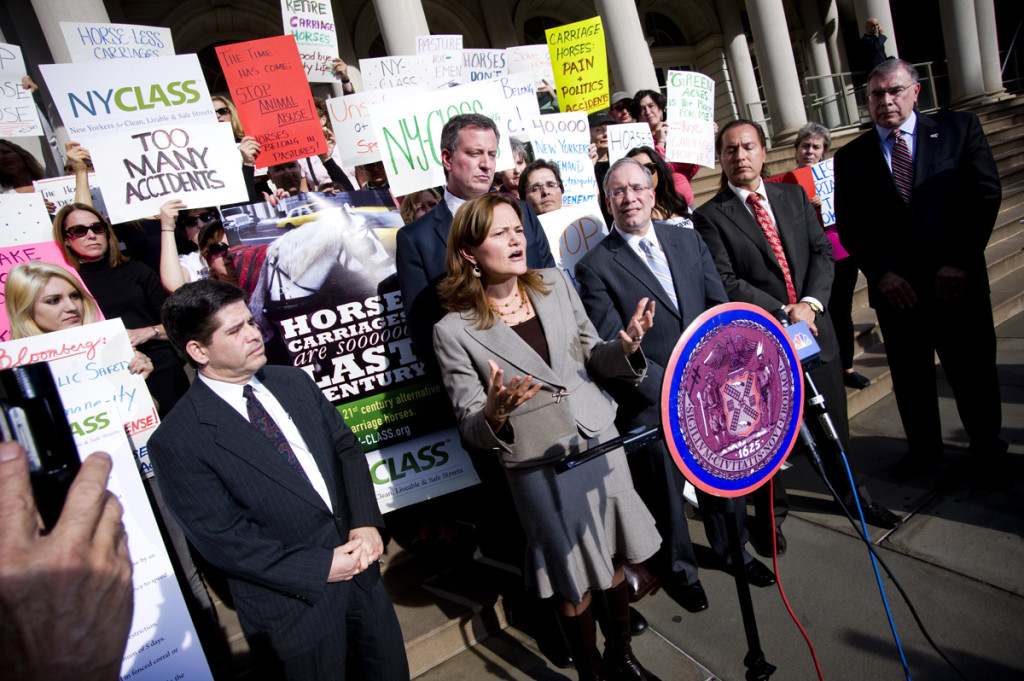
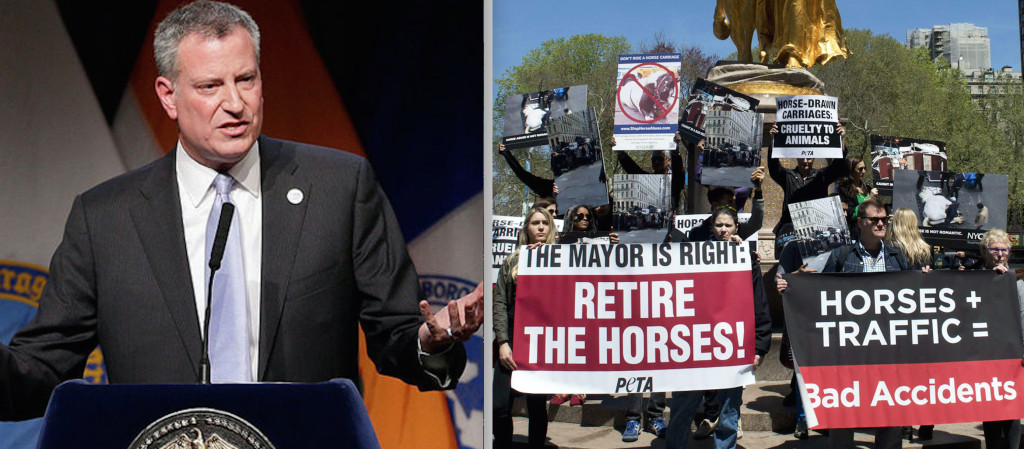


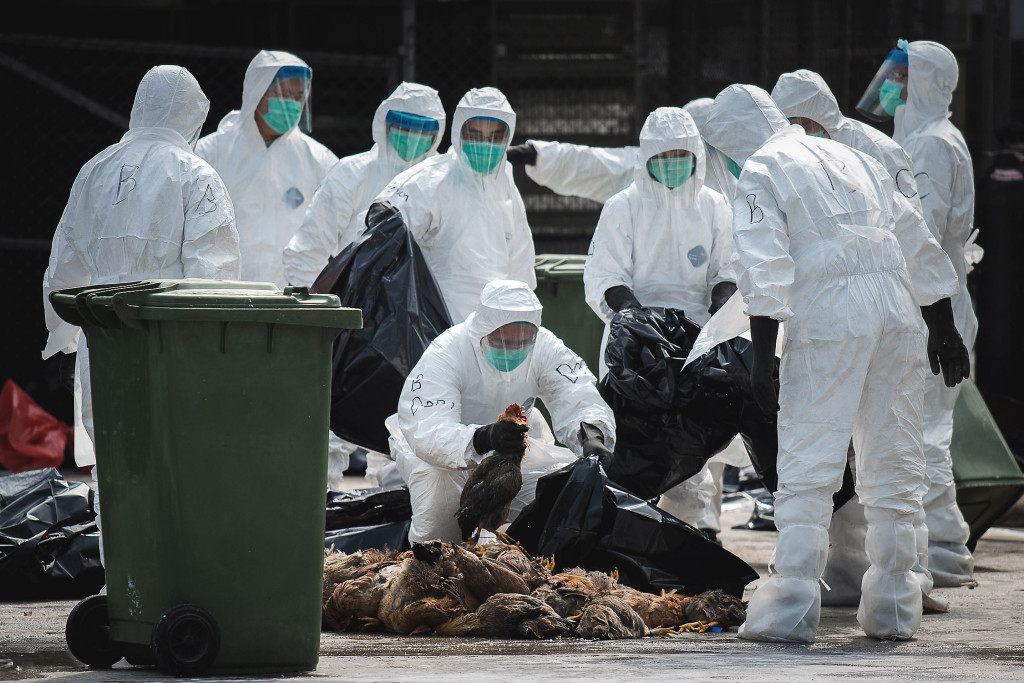
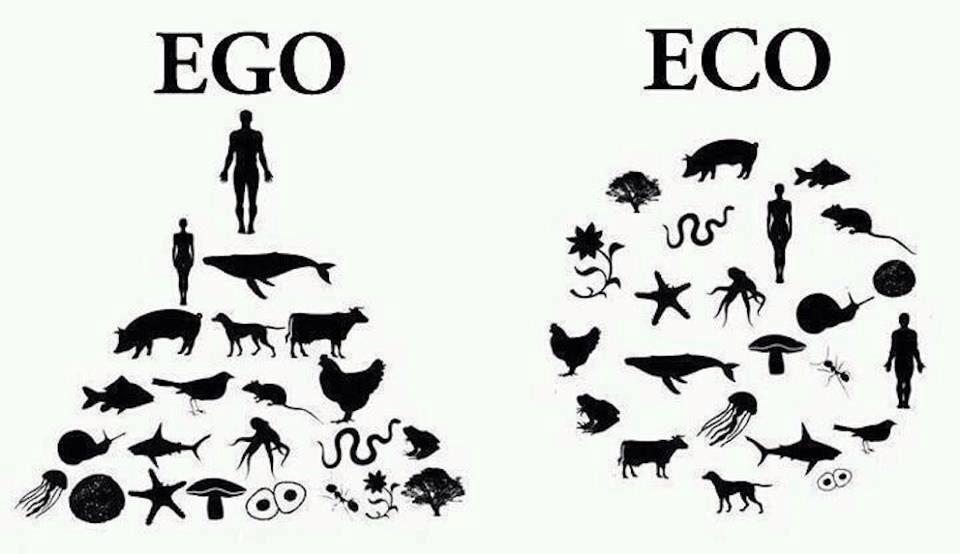
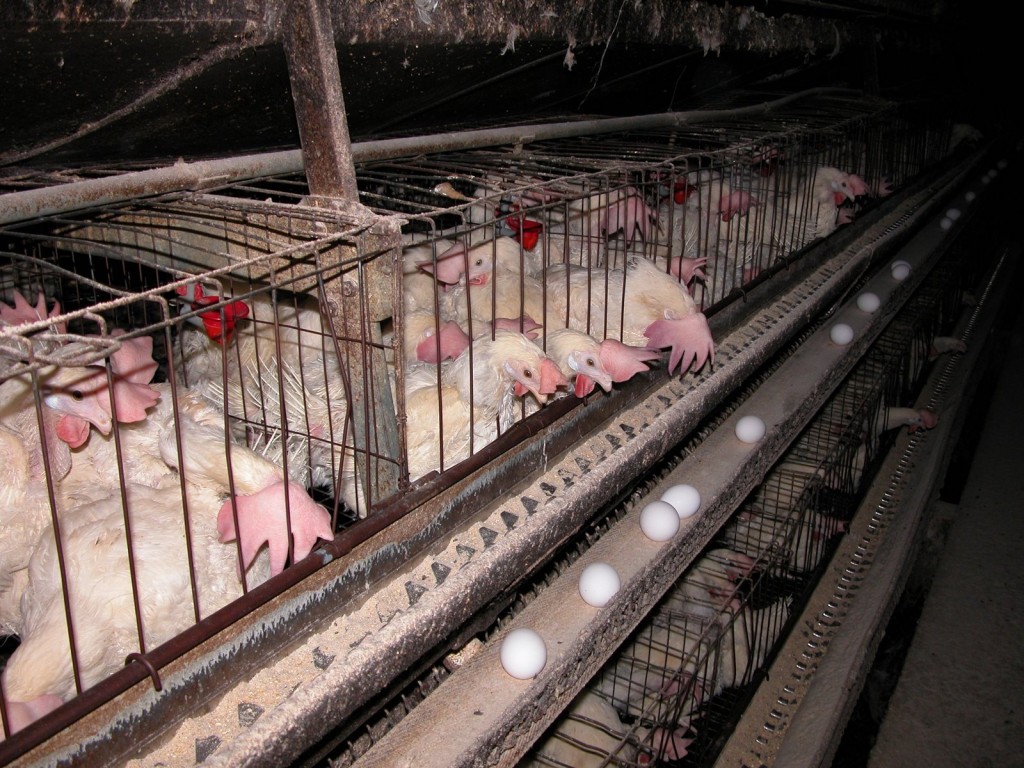
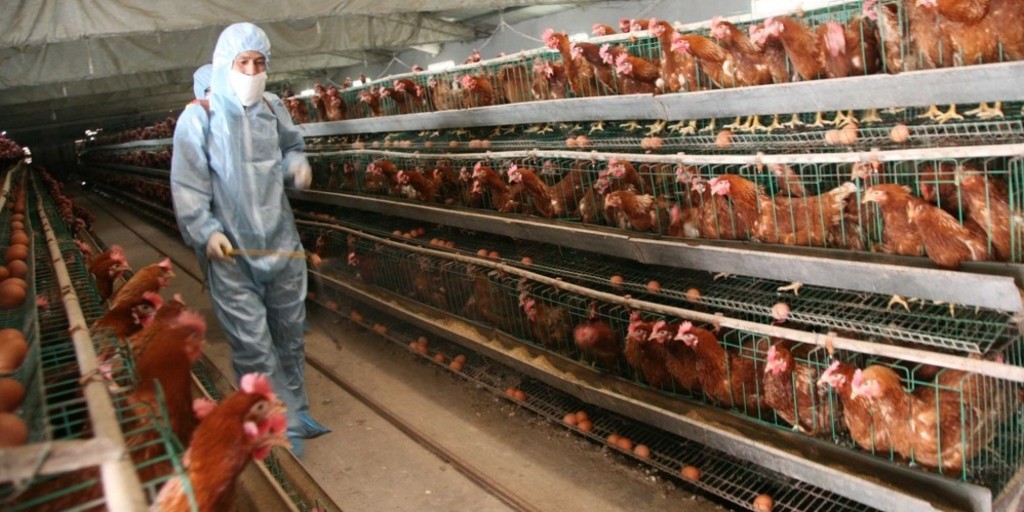
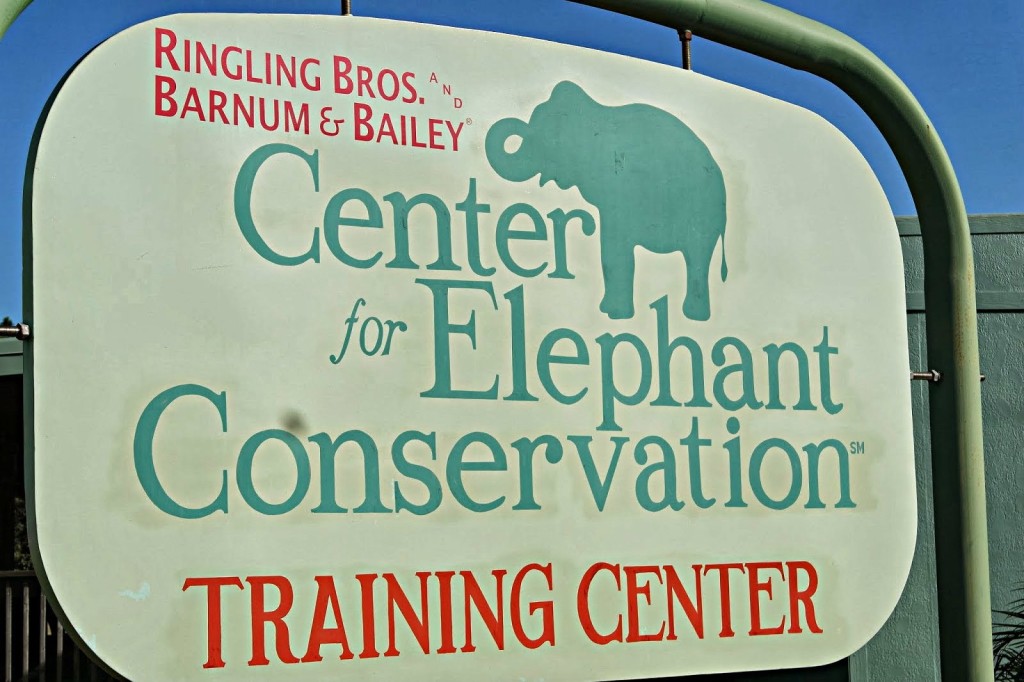

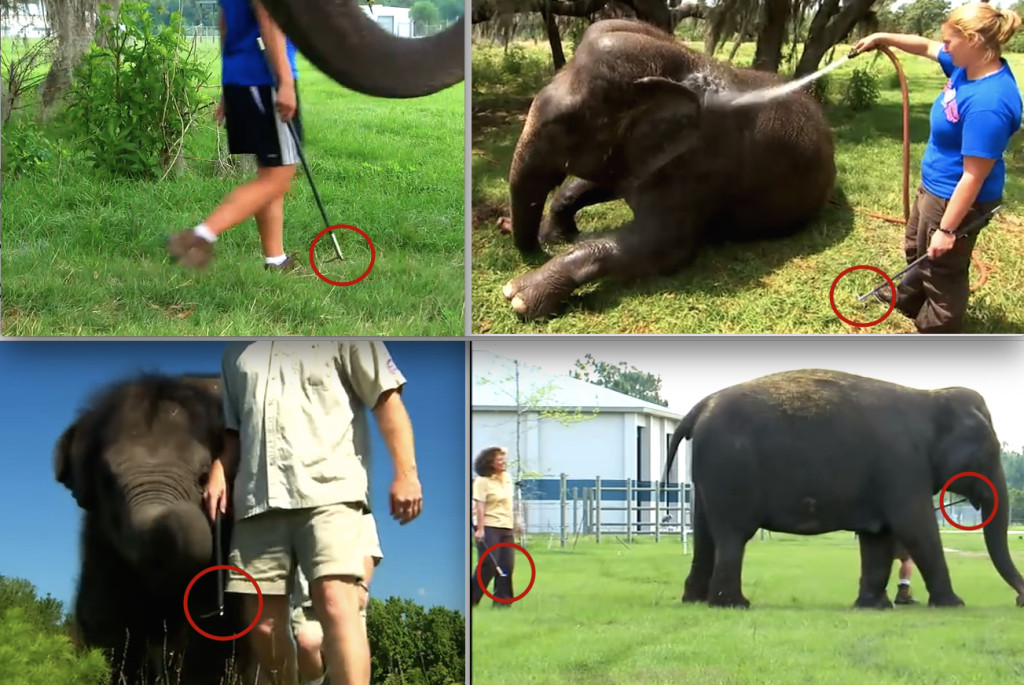
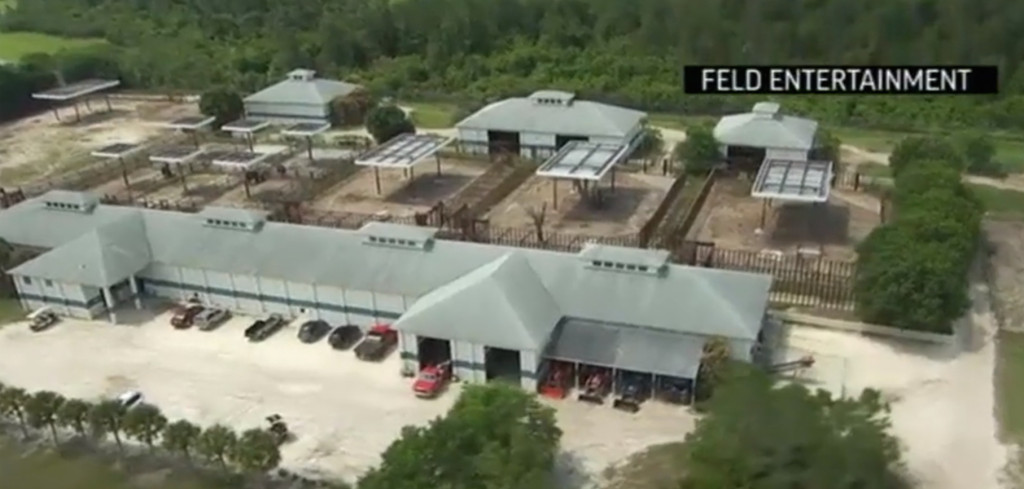
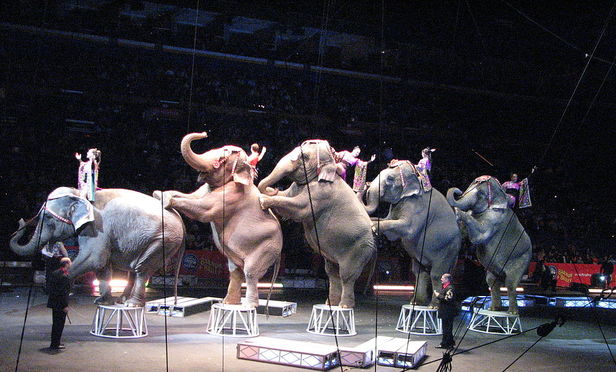
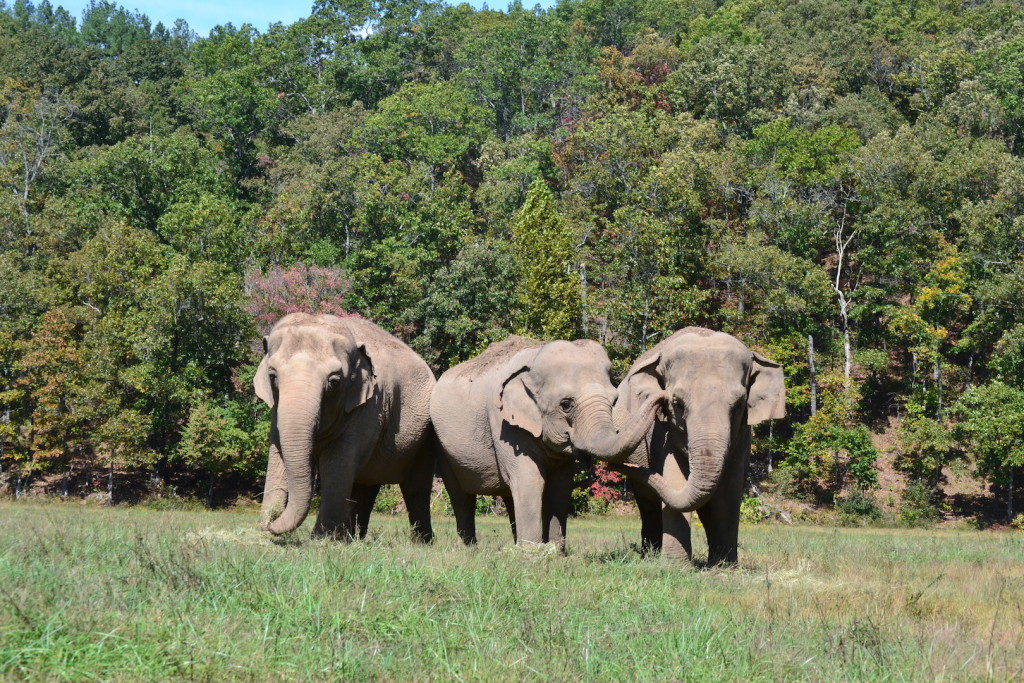
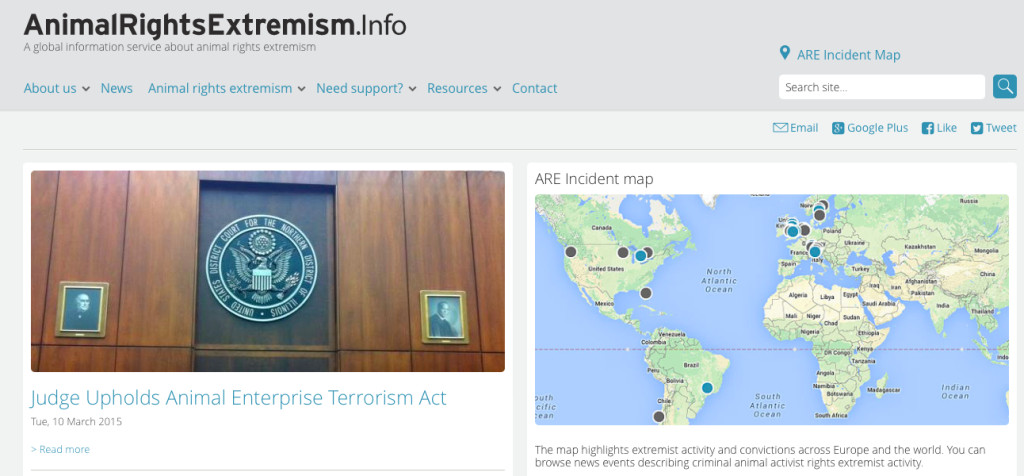
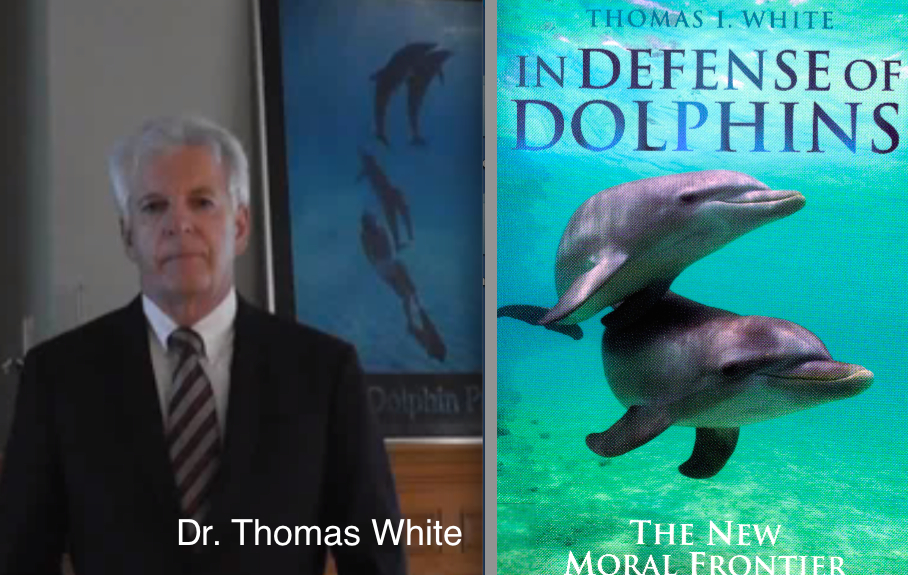

Follow Their Turn